Kesar is India’s second mango variety in terms of exports. In terms of flavour, it is second only to Alphonse, which many describe as the best on the planet. Kesar is a small to medium fruit with a roundish shape and a distinct curved tip. It has a relatively unexciting appearance, having skin that is a dull, slightly mottled yellow colour, perhaps with a green tinge when less mature. Inside it is a different matter: a deep yellow-orange flesh, smooth and fragrant with intense sweetness when they are in peak condition. There can be a slight acid edge to the flavour in less mature fruit, but many people will enjoy this complexity. The medium sized stone has minor fibre attached which does not detract from enjoyment.
In July, 2011 the Gir Kesar received the distinction of a GI (Geographical Indicator) tag (GI no.185) from the Geographical Indication’s Registry in Chennai.
As Kesar is a little more reliable as a variety than Alphonse, it can sometimes be found on sale in UK supermarkets rather than only in Asian groceries stores.
Ripeness & Quality: Kesar are ready to eat when the fruit is tender with an overall softness coming through the thin peel. Avoid fruit with excessively soft patches or bruised or compressed areas. A little wrinkling of the skin is of no concern, and often means the fruit is at peak eating quality. A Kesar with advanced ripeness may occasionally suffer from ‘sponginess’ of the flesh, which is immediately obvious on cutting the fruit open and can be scooped out and discarded.
Good Fruit Guide Rating: *****
Kesar is an intensely sweet mango that cannot fail to be satisfying.
Intense, sweet, flavoursome.
Names: Kesar; Gir Kesar
Origin: India. According to Director Research Junagadh Agriculture University (JAU), H J Vyas (Zee News India), Kesar mango was first spotted by Junagadh Wazir Sale Bhai in Vanthali taluka of Junagadh. Subsequently, it was sent to Mangrol`s Sheikh Jehangir Mia, who after having the delicious fruit, planted the kernel in his garden and named it `Saale ki Aambdi’. Coming to know about the fruit, the Junagadh garden superintendent A S K Iyengar gathered information about it from Jehangir Mia and visited Vanthali to prepare a few grafts for planting in the district. Around 75 grafts were planted at the Junagadh Laal Dori farm situated on the foothills of Girnar mountains, and, after three years, Junagadh Nawab Babi Mahabat Khanji-III was offered the fruit to taste. The nawab liked the taste and gave it the name `Kesar` (Saffron) in circa 1934.
Grown in: Gir Kesar is only grown in Gujarat, India. The Gir Kesar is grown in a specific geographical region around Gir forest in Junagadh and Amreli districts. It is grown in various talukas, such as: Junagadh, Vanthli, Mendarda, Talala, Maliya, Kodinar, Una and Visavadar of Junagadh district, and Dhari and Khambha talukas of Amreli district.
Harvest & Availability:
- January:
- February:
- March:
- April: India
- May: India
- June: India
- July: India
- August:
- September:
- October:
- November:
- December:
Websites:
Zee News India – Kesar

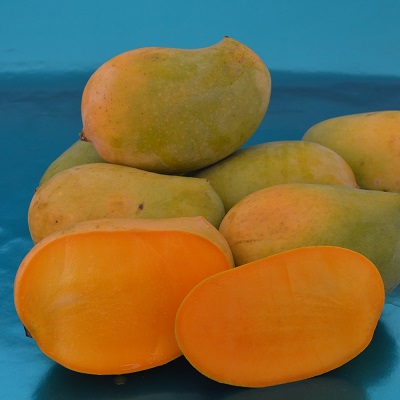

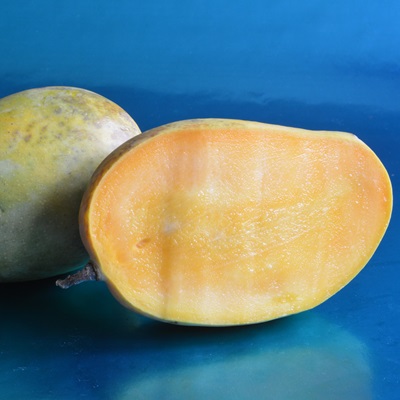
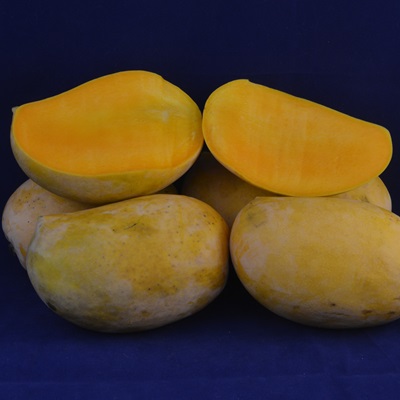
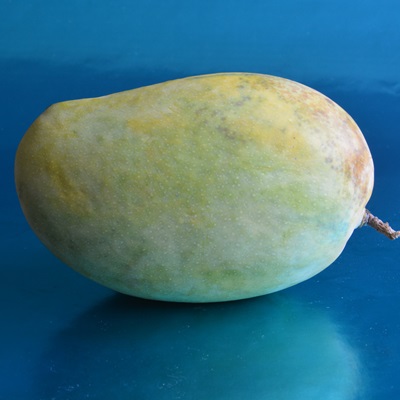
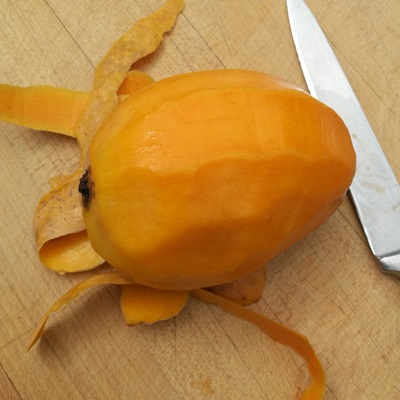

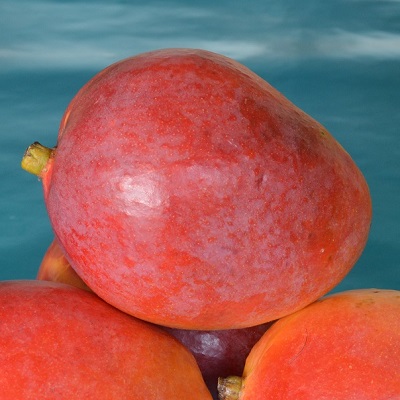

Abdullaah –
10
Nick Ball –
10 out of 10!
Agreed: Keasr is a wonderful mango.